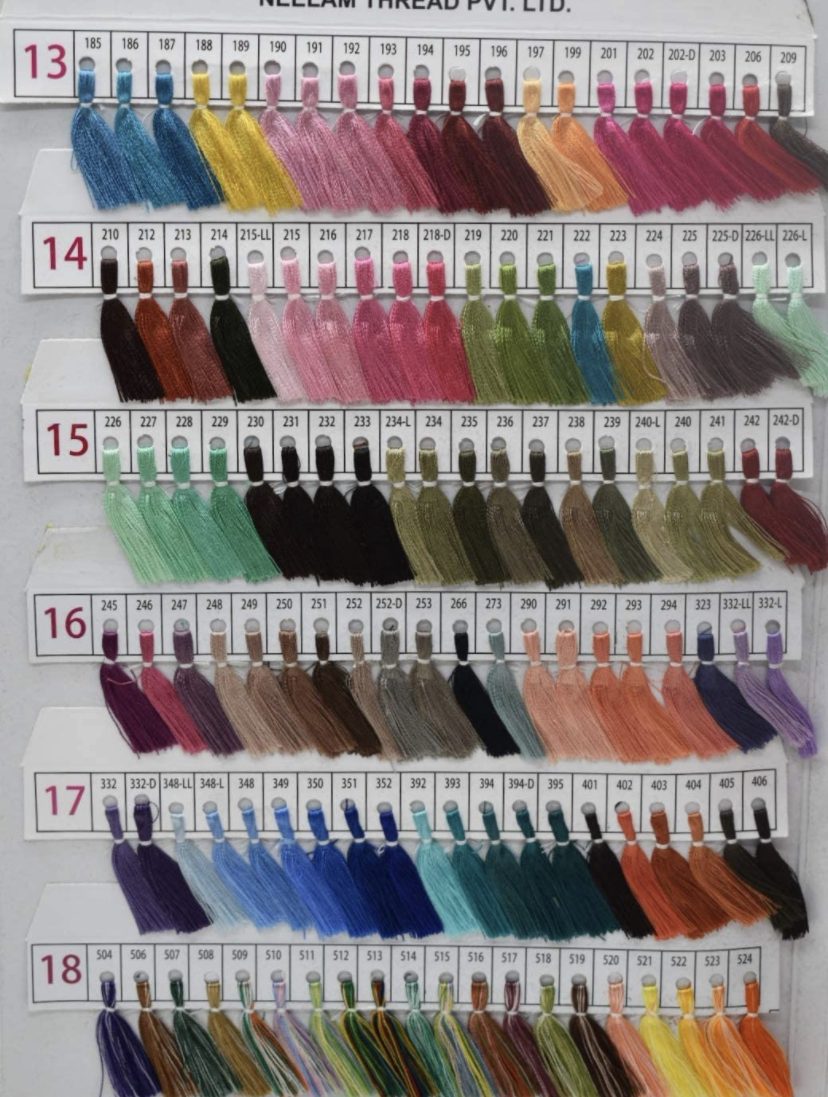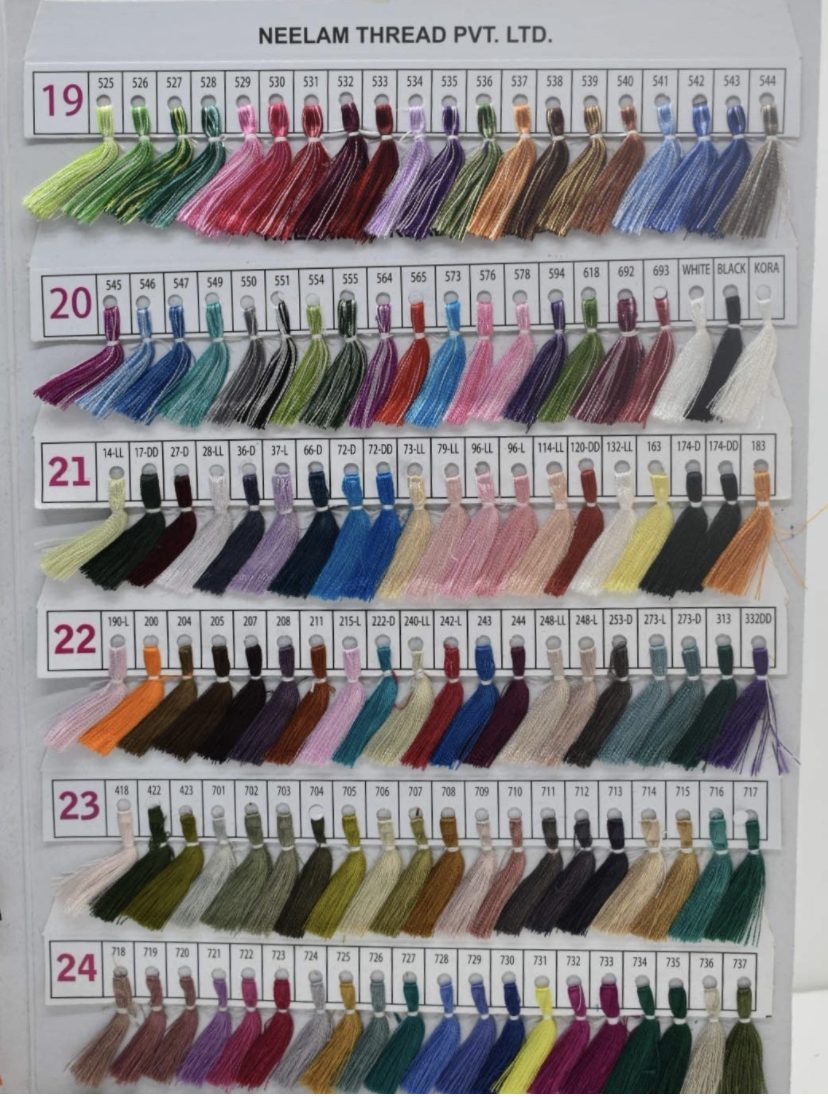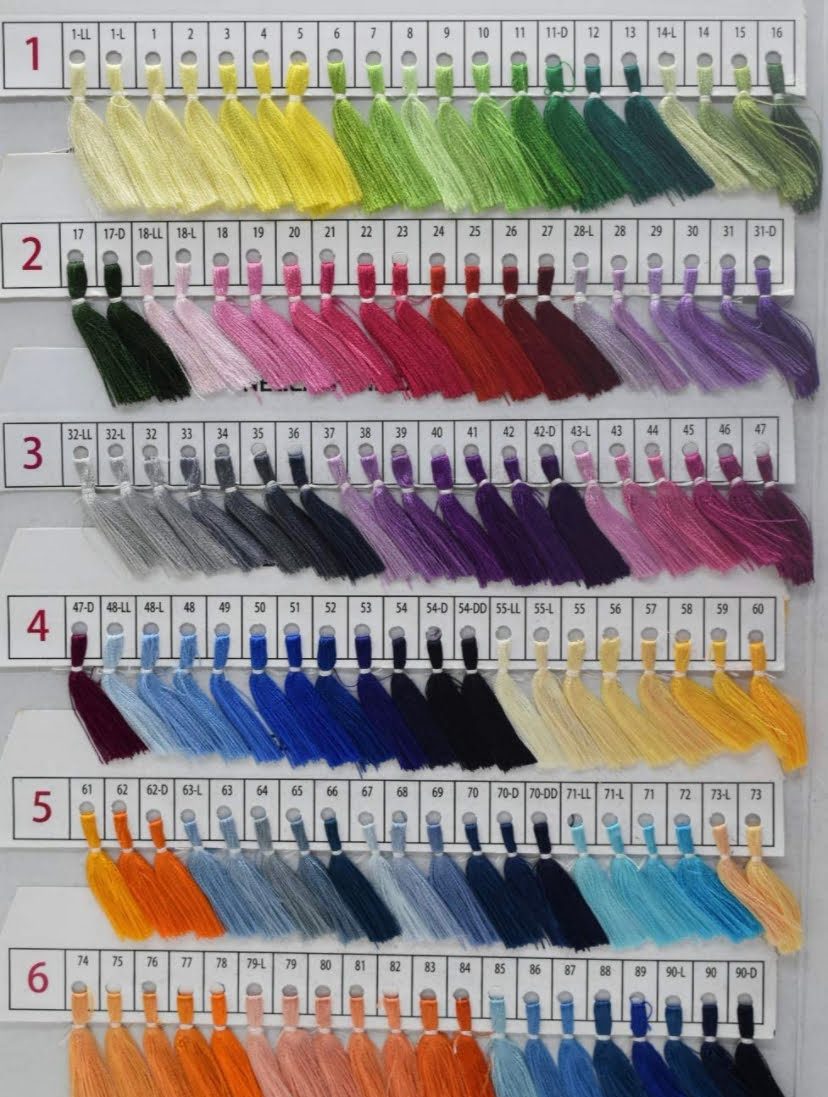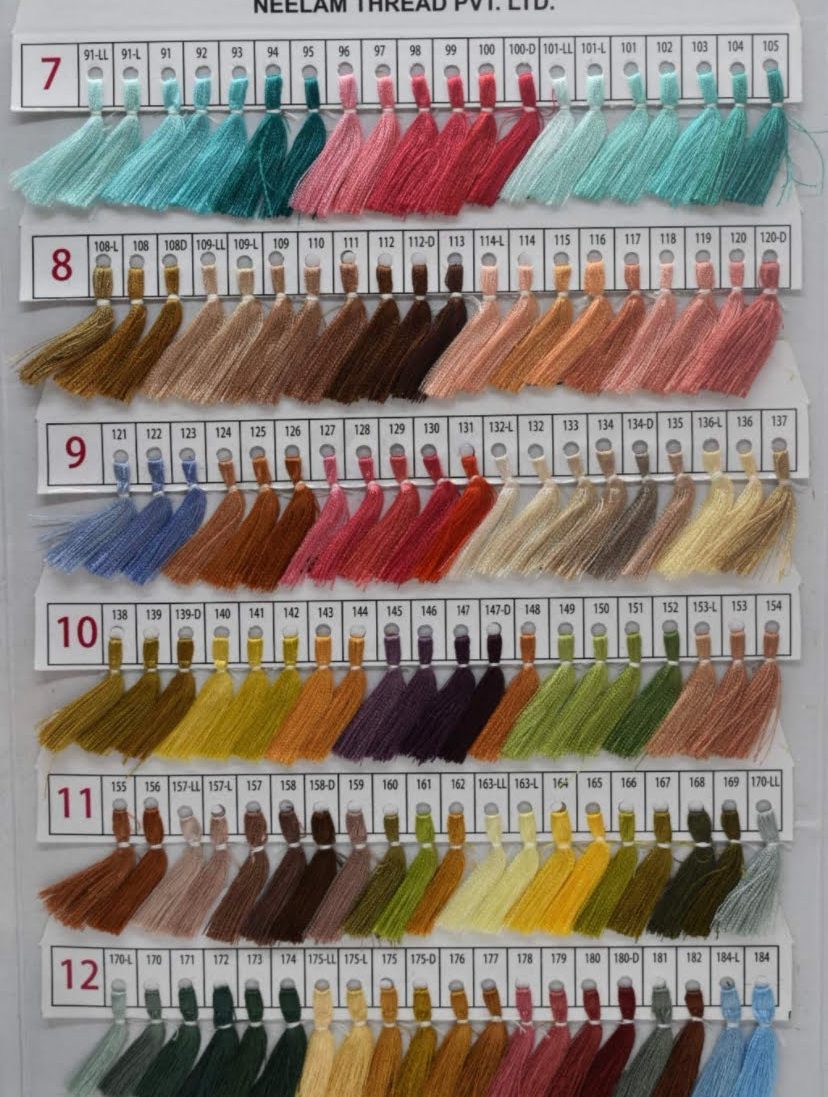Linen Cotton
Linen cotton and Lucknowi chikankari embroidery are two traditional textiles of India that are known for their comfort, durability, and intricate designs.
Linen cotton is a breathable, lightweight, and versatile fabric that is made from a blend of linen and cotton fibers. It is known for its durability and ability to keep the wearer cool in warm weather. Linen cotton fabric has a unique texture and drape that makes it perfect for casual and formal wear.
Linen-cotton and pure cotton are both popular fabrics known for their unique characteristics. Here’s a comparison between linen-cotton and cotton:
1. Material Composition:
– Linen-Cotton: Linen-cotton blends are made by combining linen fibers, derived from the flax plant, with cotton fibers. The ratio of linen to cotton can vary, resulting in different fabric qualities.
– Cotton: Pure cotton fabric is made entirely from cotton fibers, which are harvested from the cotton plant.
2. Breathability and Comfort:
– Linen-Cotton: Linen-cotton blends offer a good balance of breathability and comfort. The linen fibers provide excellent airflow, making the fabric cool and suitable for warm weather. The cotton fibers add softness and make the fabric more comfortable against the skin.
– Cotton: Cotton is highly breathable, lightweight, and soft. It allows air to circulate freely, making it a preferred choice for comfortable and versatile clothing, particularly in hot and humid climates.
3. Wrinkling and Creasing:
– Linen-Cotton: Linen-cotton blends tend to wrinkle and crease more than pure cotton. The linen fibers contribute to the natural texture and wrinkles, while the cotton fibers provide some resistance to creasing. Some people appreciate the casual, relaxed look of linen-cotton wrinkles, while others prefer a more crisp appearance.
– Cotton: While cotton can wrinkle to some extent, it generally wrinkles less than linen-cotton blends. Pure cotton garments can be smoothed out easily and may require less ironing than linen-cotton items.
4. Durability:
– Linen-Cotton: Linen-cotton blends are often more durable than pure linen due to the addition of cotton fibers. Cotton provides extra strength and resilience to the fabric, making it less prone to tearing or wearing out.
– Cotton: Cotton is also known for its durability, especially when woven tightly. It can withstand regular wear and tear, making it a reliable choice for long-lasting garments.
5. Care and Maintenance:
– Linen-Cotton: Linen-cotton blends may require a bit more care during laundering. The linen fibers can be delicate and prone to shrinkage, so following the care instructions is essential to maintain the fabric’s quality and shape.
– Cotton: Pure cotton is relatively easy to care for. It is machine washable and can withstand regular washing without significant shrinkage or damage. Cotton fabrics are versatile and often become softer and more comfortable with each wash.
When choosing between linen-cotton and cotton, consider the specific qualities you desire, such as breathability, appearance, or durability. Both fabrics have their own unique characteristics and are suitable for various types of clothing and household items.
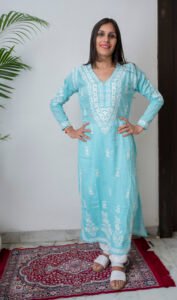
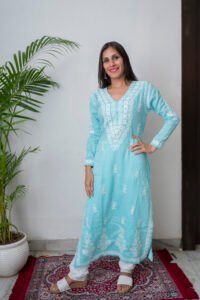
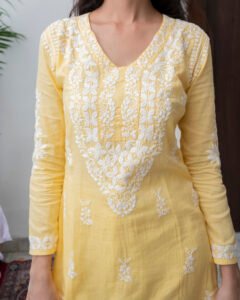

Previous image
Next image
Linen Cotton and Lucknowi Chikankari
Lucknowi chikankari embroidery is a traditional embroidery style that originated in Lucknow, Uttar Pradesh, India. It involves intricate needlework that is done on a variety of fabrics, including linen cotton. The embroidery is usually done with a white or pastel-colored thread and features delicate designs inspired by nature. The embroidery is done with a variety of stitches, including satin stitch, stem stitch, and chain stitch, among others.
When combined, linen cotton fabric and Lucknowi chikankari embroidery create stunning traditional garments. Lucknowi chikankari embroidery is often seen on linen cotton kurtas, sarees, dupattas, and salwar suits. These garments are perfect for both casual and formal occasions and are suitable for warm weather due to the breathable nature of linen cotton fabric.
In recent years, there has been a growing demand for sustainable and eco-friendly textiles, and linen cotton and Lucknowi chikankari embroidery are well-suited for this trend. Linen and cotton are natural fibers that are free from harmful chemicals and dyes. Lucknowi chikankari embroidery is a handcrafted technique that is also free from harmful chemicals and dyes. Together, they create a beautiful and sustainable fashion statement.
In conclusion, linen cotton fabric and Lucknowi chikankari embroidery are two important parts of India’s rich textile heritage. Whether worn separately or combined, they represent the skill and craftsmanship of Indian artisans and are highly valued for their beauty and quality. If you are looking for a traditional and sustainable textile option, consider garments made with linen cotton fabric and Lucknowi chikankari embroidery.
Label Hridya is a renowned company offering an exquisite range of handcrafted clothing having Chikankari on Voil Cotton, Linen cotton, Dobby Cotton, Organza, Banarasi, Viscose Georgette, Mulmul, Chanderi and Kota Doriya & Silk. The adaptable selection of materials has been made to meet the needs of our valued customers for a variety of occasions, from formal business attire to ornate holiday wear.
For our regular updates, You can follow us on our Instagram, Facebook and Linkedin




